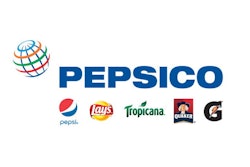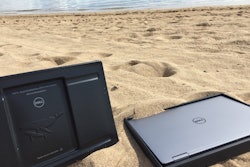
No need to underline the fact that packaging is everywhere; it dominates our life and, being cross-sectorial, influences our way of consumption.
The model we are accustomed to is the so-called “linear economy,” in which we assume each single good has a life-cycle with a beginning and an end; raw materials are transformed into semi-finished products and then into final products that, after being used, are discarded and become waste. Obviously, this kind of consumption has some limitations and has been partly responsible for the dramatic increase in global pollution.
Since packaging plays an undeniable role in protecting the goods we need in everyday life, there was a need to regulate in an ethical and sustainable manner the way in which we professionals think and design the package and the product sold in it. At the same time, there continues to be a need for consumers and society as a whole to start re-thinking the way they relate to the package itself and its end-of-life.
As a start, in December 2015, the European Commission adopted an “Action Plan Circular Economy Package (APCEP)” (pwgo.to/2693) to boost recycling and re-use. The plan brings benefits for both the environment and economy through a revised approach to waste.
Focusing purposely on packaging, key elements of the European global action plan include:
• a common EU target for recycling 75% of packaging waste by 2030;
• concrete measures to promote re-use and stimulate industrial symbiosis, turning one industry’s by-product into another industry’s raw material;
• economic incentives for producers to put greener products on the market and support recovery and recycling schemes for packaging;
• measures in the Eco-design Working Plan for 2015-2017 to promote reparability, durability, and recyclability of products;
• a strategy on plastics, addressing issues of recyclability and biodegradability.
The APCEP will help European businesses and consumers to reshape the market economy, reducing waste and protecting the environment, thereby creating new job opportunities and using resources in a more sustainable way.
Many European companies are now trying to re-shape their products, keeping in mind what has been stated above, and many others are developing new products to reduce pollution and to follow the circular economy principles. To re-use byproducts, some small enterprises are using industrial hemp scraps to produce filament for 3D printers, and companies in the paper industry are now able to develop eye-catching and biodegradable papers derived from the by-products of corn.
The plastics industry is stepping up, too: Young European fashion designers have started recycling plastics found in the seas, transforming them into a new kind of yarn and creating trendy and eco-friendly clothes. This effort reduces not only plastic’s contamination of water but also energy consumption associated with clothes production.
So changing lifestyles is possible, but it could be useful to have a track to get there. Green practices and the circular economy aim to do just that. You should not only re-use materials, but also employ natural resources in a better way, through concrete experiences and good manufacturing practices, especially in packaging.
Precisely regarding packaging, in May 2014 the Italian Institute of Packaging, along with other important Italian institutions and companies, created an open document called “The Ethical Packaging Charter.” It states in 10 points how packaging of the future should be: responsible, balanced, safe, accessible, transparent, informative, contemporary, forward-looking, educational, and sustainable.
Each of the 10 points is equally important, but as far as I am concerned, the extreme importance of the Ethical Packaging Charter is rooted in what the team behind it has stressed as a basic concept: “Packaging must be seen as a responsibility shared by everyone towards everyone else, in its design, manufacture and application.”
We still have a lot of work to do, both as professionals and consumers, to reduce waste and protect the environment. As a packaging professional, I feel an urgency that every single stakeholder must take on his or her own responsibilities to start acting differently, making final decisions toward an aware choice of products that are really green and not only green-washed, products that are made thanks to high quality re-use, innovation, and knowledgeable experimentation. Only with this new awareness and thoughtfulness will material scraps become effective raw materials for manufacturing companies. Let us strive together to make the circular economy a reality.
























